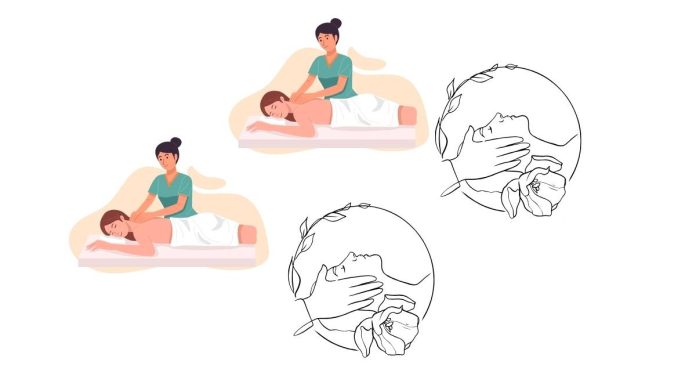An Asian massage is a broad term encompassing various traditional massage techniques rooted in Asian cultures, such as Thai, Chinese, or Japanese massage. Each style offers unique approaches to relaxation, healing, and wellness. Here’s what to generally expect:
1. Focus on Holistic Healing
Asian massages often emphasize balance and energy flow, focusing on physical and emotional well-being. Techniques may target pressure points, energy lines, or muscle tension.
2. Techniques Used
- Thai Massage: Involves stretching and deep pressure, often performed on a mat with the client fully clothed.
- Chinese Tui Na: Uses kneading, rolling, and pressing motions to relieve pain and improve circulation.
- Shiatsu (Japanese): Focuses on applying pressure to specific points to balance energy flow.
3. Varied Levels of Intensity
Asian massages can range from gentle and relaxing to deep tissue and intense. Communicate your preferences to the therapist for a comfortable experience.
4. Use of Tools and Oils
Depending on the type, massages may include oils, herbal compresses, or tools like hot stones or bamboo sticks.
5. Cultural Differences
Massage etiquette may vary. For example, Thai massages often involve the therapist using their hands, knees, and feet, which might feel different from Western styles.
Final Thoughts
Expect a unique and revitalizing experience that combines traditional techniques and cultural elements. Always ensure you choose a reputable spa or therapist for a professional and relaxing session!



